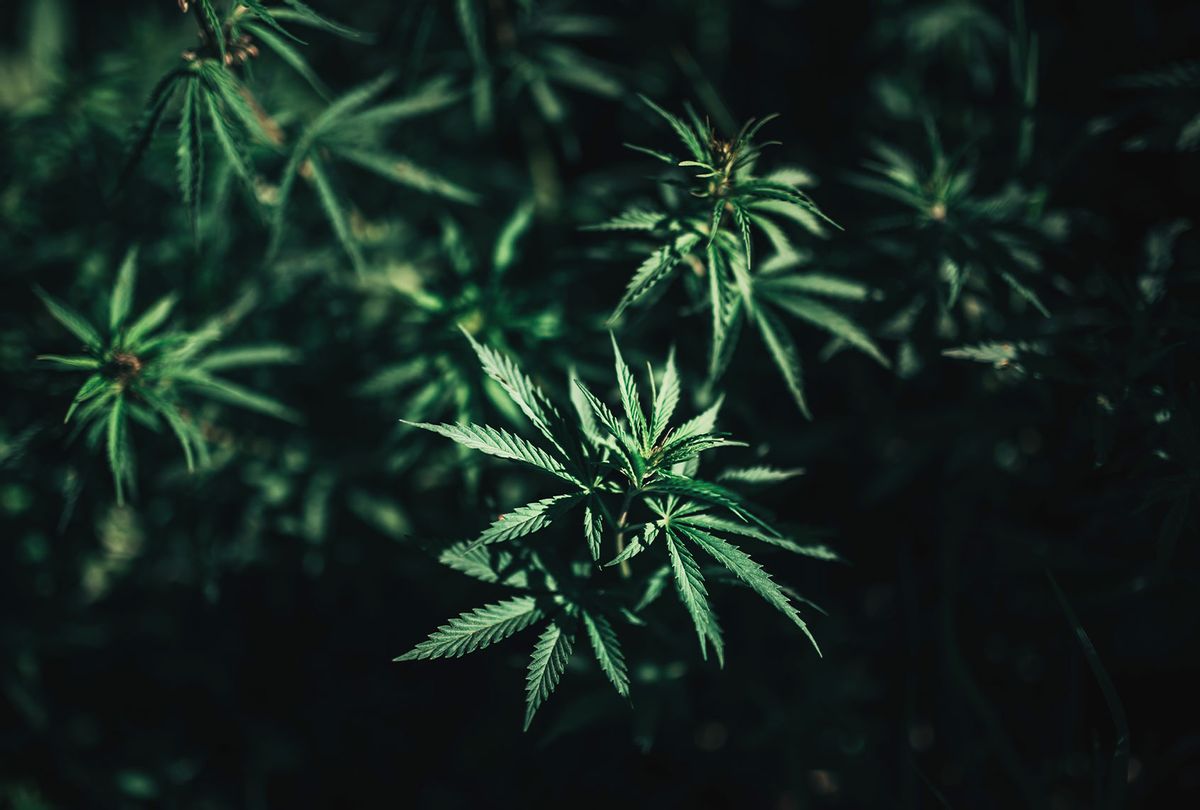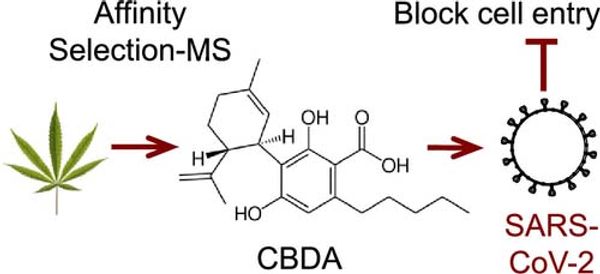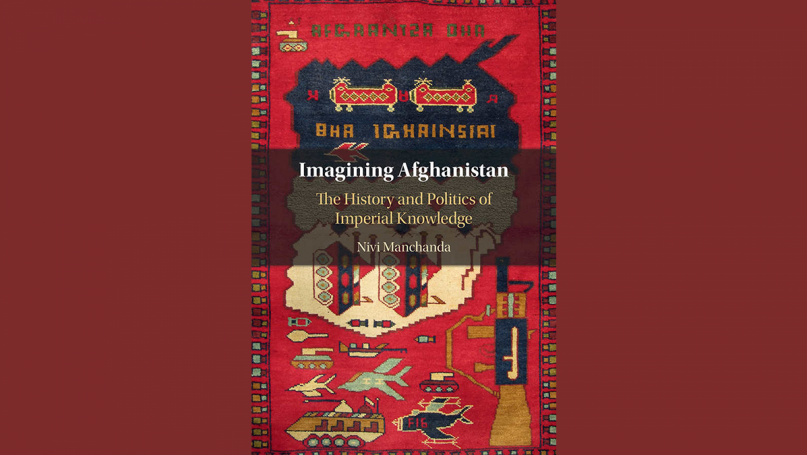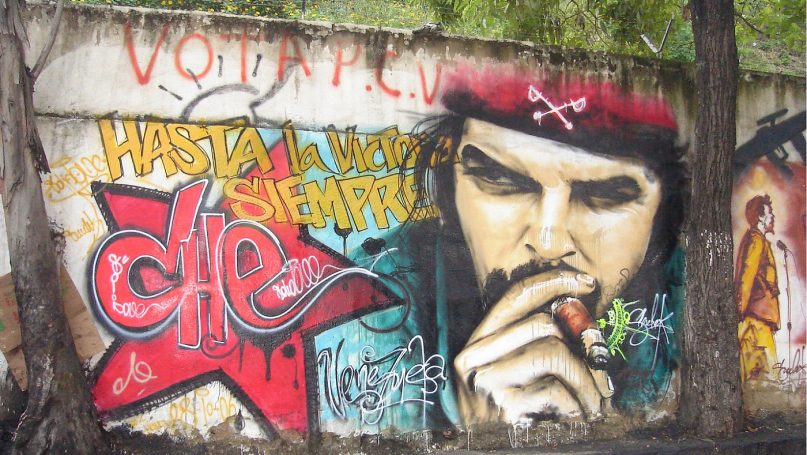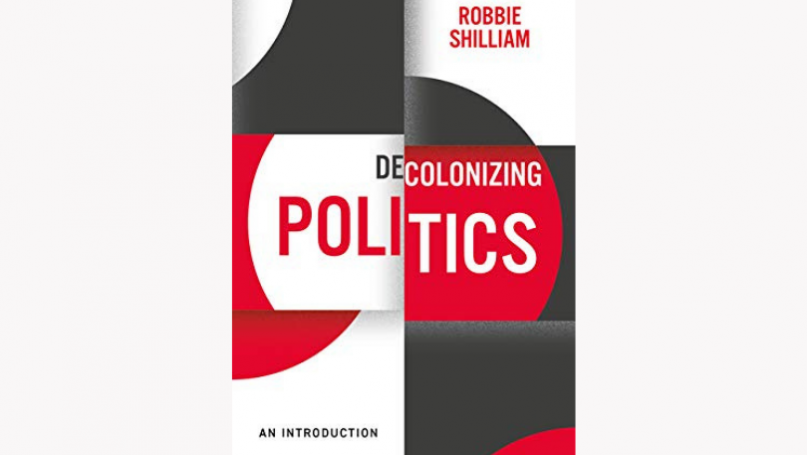Decolonizing Dialectics
by George Ciccariello-Maher
Durham/London: Duke University Press, 2017
What would it mean to decolonize the philosophical tradition of dialectics? In this ambitious if uneven work, George Ciccariello-Maher aims to establish a conception of dialectical thought adequate to the premises of anticolonial critical theory. Centrally, Decolonizing Dialectics seeks to demonstrate the relevance of dialectical thinking for the problematics of decolonial theory, and, as a related effort, attempts to establish the significance of such a philosophical framework for the practical realities of anticolonial and anti-imperialist politics. The following review sets the book in intellectual and historical context before reviewing its various lines of argument and interpretation.
Few philosophical schema are as implicated in political life as Hegel’s dialectic. After his death in 1831, the Prussian philosopher’s legacy immediately divided into Right and Left camps: the former remained faithful to Hegel’s prognosis that the dialectic of history had reached its culmination with the advent of constitutional monarchy in the German principality, while the latter saw the persistence of Christian monarchism as a political and intellectual blockage, forestalling the movement of history itself. These Left Hegelians produced philosophical critiques of both Christianity and the modern State. The writings of Bruno Bauer, Ludwig Feuerbach and Max Stirner, among others, laid the intellectual foundations for later currents of leftist thought: existentialism, materialism and anarchism.
It is in the work of Marx and Engels, of course, that dialectical thought finds its greatest, and now most highly politicized, expression. Perhaps the safest way to summarize the place of ‘the dialectic’ within Marxism is simply by saying that, across the tradition, dialectics seems to name the variety of dynamics emerging at the juncture between our received social categories and our concrete experience of historical change. In the broadest sense in which Marx employs the concept, dialectics is a form of thinking which privileges historical situations in which the standard pattern of social existence generates logical disjunction, and even full-blown contradictions, in our social and cognitive experience. For much of the twentieth century, however, the dialectic was reduced to an artefact of Cold War ideology. ‘Diamat’, or Dialectical Materialism, became the official doctrine of the Soviet Union, following the turn to Marxist orthodoxy pioneered by Stalin. Partly as result of these associations, dialectics were gradually denounced in the Western academe. As Timothy Brennan points out, ‘the practitioners of theory in the poststructuralist ascendant saw their task as burying dialectical thinking’ by substituting a broadly Hegelian-Marxist critical theory for the methods of French structuralism.
Against this background, George Ciccariello-Maher’s Decolonizing Dialectics is a worthwhile contribution to the revival of dialectical thought. For he attempts to rethink the relationship between dialectics and the various strands of anticolonial critical theory now prominent in many ongoing IR debates. In particular, Ciccariello-Maher’s attempts to illustrate the significance of dialectical philosophy for the ongoing project of intellectual and political decolonizing. An increasingly prominent feature of academic and wider political discourse, decolonizing begins from a critique of the ways in which Eurocentric ideas underpin essential categories of social and political theory. It illuminates the constitutive role of Western empire and colonialism in the formation of modern culture, and seeks to open theoretic pathways obscured by the political-intellectual hierarchies of imperial and colonial rule. ‘Why is My Curriculum White?’, as the name of one such UK-based campaign puts it. Given the widely-touted Eurocentrism of Hegel’s philosophy—a relationship brilliantly excavated by Susan Buck-Morss—a work which succeeded in establishing dialectical thought at the centre of post- and decolonial theory would arguably achieve a major intellectual coup. Indeed, as much postcolonial academic theory has drawn its intellectual resources from poststructuralism, it is fascinating to consider the significance of the Hegelian-Marxist tradition for the general aims of decolonizing. How successful is Ciccariello-Maher’s attempt to establish dialectics as a decolonial method?
In the book’s introductory chapter, Ciccariello-Maher locates the origins of his own intellectual project within a variety of social movements which emerged in direct political contestation to the ‘unipolar neoliberal world’ of the 1990s. In the first place, a decolonized dialectics therefore attempts a vision of dialectical thought stripped of the teleology and determinism characteristic of Fukuyama’s famous The End of History—a quasi-Hegelian take on the end of the Cold War, in which liberal, Western capitalist democracy figures as the culmination of historical development. While opposition to such teleological thinking is hardly controversial, Ciccariello-Maher argues that dialectical thought is also potentially capable of grasping a second feature of the post-Cold War conjuncture. As political scientists have widely observed, the ‘New Social Movements’ of the 1990s and 2000s have been characteristically heterogeneous — i.e, composed of multiple identity-formations, from race to gender, class and nation. In this context, Ciccariello-Maher argues that a dialectical orientation may enable theorists and activists to avoid two equally unattractive conceptions of resistance movements —that is, either the ‘troubling unity’ of majoritarian politics (‘the 99 %’)—or the ‘meaningless multiplicity’ of some autonomist political theories in which social struggle is reduced to the level of the micropolitical.
The central claim of the book, in other words, is that dialectical thinking should occupy a privileged place in our attempt to grasp a political landscape in which neither the concepts of unity nor difference adequately capture the dynamics of anticolonial and anti-capitalist politics. This means establishing a conception of dialectics that is neither unitary, teleological and linear nor Eurocentric in its theoretical assumptions. More specifically, it means reconceiving dialectics as a theoretical lens which, rather than ‘the totality’, privileges rupture and conflict as the major shapes of political movement. As the author describes in one characteristic formulation:
This is a dialectical counterdiscourse that, by foregrounding rupture and shunning the lure of unity, makes its home in the centre of the dialectic and revels in the spirit of combat, the indeterminacies of political identities slamming against one another, transforming themselves and their worlds unpredictably in the process. This is a dialectical counterdiscourse that, by grasping the momentary hardening of group identities, grants weight to a separatist moment in a dialectics —at the expense of premature— but does so without succumbing to a hermetically essentialist separatism, be it of class, race, nation or otherwise. (pp.6-7).
Structurally, the book is divided into five chapters. Organized around readings of George Sorel, Frantz Fanon and Enrique Dussel, the first four of these lay the theoretic foundations of a decolonizing dialectics, while the fifth attempts to show how Venezuela’s Bolivarian Revolution bears out some of the premises of the dialectical orientation established in the previous chapters. Other sources are scattered throughout the text. The introduction, for example, adds Foucault’s classically poststructuralist critique of ‘centered’ political discourse, while the conclusion incorporates Walter Mignolo’s critique of the epistemology of ‘colonial modernity’. The effect of this mode of argumentation, in which the juxtaposition of seemingly diffuse thinkers takes centre stage, is to produce a style of postmodern theorizing which Frederic Jameson has aptly described as ‘curation’. While the sense of intellectual variety provided by this rhetorical strategy can be engaging, theoretical inflation sometimes seems to get in the way of a controlled exegesis. Although Foucault’s notion of counter-discourse is foregrounded in the introduction, it seems to play a minimal role in the text as a whole. Mignolo seems to appear almost as an afterthought. More importantly, Ciccariello-Maher never presents a sustained analysis the relationship of these thinkers to the Hegelian-Marxist tradition with which dialectics is obviously associated. It is unclear, for example, how notions of cultural difference, exteriority and identity, popularized by postmodern critical theory, are ultimately meant to relate to dialectical images of social structure or historical totality. Rather than a clear appraisal of this sharp divide between distinct theoretical traditions, Ciccariello-Maher prefers to blend them, resulting in some slightly tortured formulations: “Instead of simply loosening the bond of dialectical opposition to the point of multiplicity, then, colonial difference indicates a more concrete and precise way of grasping those oppositions not visible to a traditional dialectics but whose appearance does not mark the impossibility of dialectics entirely” (p.159).
Nonetheless, Ciccariello-Maher’s work can be read as a developed attempt to synthesise seemingly diffuse theoretical ideas. In Chapter 1, this endeavour begins with the discussion of French syndicalist George Sorel. Ironically from the decolonizing standpoint Sorel was the favoured political theorist of Italian Fascism. Mussolini drew on his theories of social mythology and political violence to devastating effect. Regardless, Ciccariello-Maher’s lauds Sorel’s critique of orthodox Marxism. In particular, he allies himself with Sorel’s opposition to ‘Jacobinism’, a type of revolutionary political leadership analogous to Bolshevism in its reliance on organized hierarchy and ‘scientific expertise’. Sorel’s writing philosophy and political organizing led Lenin to describe him as a ‘notorious muddler’, yet Ciccariello-Maher argues that his syndicalist theory provides a unique contribution to dialectical thought. In particular, it is argued that Sorel’s rejection of historical determinism, his emphasis on spontaneous, even violent political rupture, and his appreciation for the importance of both ideology and subjective political agency to development of class politics, render an indispensable resource for anticolonial dialectics. Throughout the chapter, Ciccariello-Maher makes a convincing case that, despite his proclaimed opposition to the dialectical method, Sorel is better understood as developing a flexible conception of dialectics, attuned to the reality of concrete historical situations. But to what extent do Sorel’s conception of political violence and mythology constitute an adequate basis for anticolonial politics? Notably, his thought seems to have played virtually no role in the actually-existing anti-imperialist struggles of the twentieth century. Before returning to this issue, let us reconstruct the argument of the remaining chapters.
Chapters 2 and 3 turn more fully to the decolonial project with the discussion of Fanon’s Black Skin, White Masks and The Wretched of the Earth. Although Fanon’s place within the decolonizing project is now well-established, Ciccariello-Maher attempts a novel depiction of the relationship between his philosophical and political writings. Firstly, he draws the connection between Fanon’s account of the ‘zone of nonbeing’—the dehumanised condition of colonized peoples, to whom genuine humanity is denied by Western racism—and Sorel’s understanding of the degradation of the European working class under capitalism. Both thinkers, he argues, embrace this division as the necessary starting point for political action, which must therefore also seek the creation of a properly human community.
Secondly, Ciccariello-Maher seeks to recover Fanon’s idea of ‘the nation’ in Wretched of the Earth from any standard conception of colonial nationalism. Unlike the Euro-American idea of nationhood, he argues, Fanon’s vision of the third-world nation involves the creation of a ‘new humanity’, emerging from the Manichean world of colonialism. Rather than the promise of false unity attendant on Western nationalism, this ‘decolonial nation’ is based on continuous opposition to its own antithesis: the colonial power of the white European. The dialectical character of such formulations is clear, and it is surely right to underscore the distinction between Fanon’s conception of the national and those more conservative brands of nationalism associated both with Europe and the postcolonial world. At the same time, it is not entirely clear how an appeal to ‘the national’ can emerge other than as claim to some kind of political community, conceived in contrast if not opposition to its imagined outside, its others. It is arguably this inside/outside distinction which makes ‘the nation’ in general such a potent model of political imagination, and, if this is so, the relevant distinctions between various national projects — Western, Third-World, Anti-Colonial, Bourgeois and so on — seem to lie less with issues of philosophical form than in their actual strategic content. Yet Ciccariello-Maher tends to pass over the question of how Fanon and other participants in the process of mid-century decolonization conceived the strategic imperatives of their historical situation. As dialectical thought is defined, perhaps above all, by its orientation to historicity, one might have these chapters to engage more with the historical realities mediated by Fanon’s philosophical work.
The theoretical foundations of the book are completed with Chapter 4 which situates Fanon’s decolonial dialectics in ‘productive parallax’ with Argentine philosopher Enrique Dussel. Drawing on Levinas’s conception of exteriority, Dussel is adduced by Ciccariello-Maher as a counterweight to the totalizing tendencies of Hegelian dialectics. Specifically, the argument is that for dialectical thinking is to be properly decolonial, this recognition of the external or the Other is a necessary one. In dialogue with Fanon, it emerges that ‘nonsymmetrical’ relations of difference must be given at least as much importance as the orthodox dialectical formula of thesis ~ antithesis ~ synthesis. Dussel, then, stands for an opposition to closure, teleology and universalism at the level of ethical-political relations. Again the emphasis of the argument is clear: rather than subsuming incommensurable subject-positions within any overarching synthesis, a decolonizing dialectics must take seriously the asymmetrical powers and experiences that constitute concrete political situations. Thus the introduction of Dussel successfully advances and specifies the argument as a whole.
Finally, Chapter 5 relates to the theoretical discussion to contemporary Venezuela. Beginning with a convincing critique of the Eurocentrism of Hardt and Negri’s concept of the Multitude, the chapter elaborates the heterogeneous character the social movements comprising the Bolivarian Revolution. Ultimately, the case of Chavismo demonstrates the necessity of a political-theoretic stance capable of weaving together diverse forms political identity, from small pockets of working class mobilization in the cities, to the large peasant population in rural areas, through to the politics of indigenous struggles and gendered conflicts throughout Venezuela. As Ciccariello-Maher summarizes: ‘The practical and political question is how to articulate and knit together the many different individuals and groups that enter into motion against the structures of exclusion and oppression that blanket and texture the colonized and formerly colonized worlds.’ This requires a process of ‘dialogue’ and ‘translation’ whereby a diversity of social groups and identities can compose a coherent ‘pueblo’ (people) without, at the same time, effacing the lived reality of difference. This case-study successfully realizes the theoretical argument of the book. In contrast to uncritical theories of ‘the multitude’, a dialectics which accords privileged significance to difference and alterity provides a compelling lens of the politics and society of contemporary Venezuela.
Clearly, Ciccariello-Maher’s work represents an original contribution to decolonial political theory. But two particular issues seem worthy of further discussion. First, and most basically, the text is loose both with respect to terminology and the scope of its argument. No definition of dialectics is established at the outset, nor are the stakes and objectives of decolonizing made particularly apparent. Such ambiguity seems intentional. Throughout the book, dialectics are described in a very general manner as consisting of ‘the dynamic movement of conflictive oppositions’ (e.g. p.2), characterised by such dynamics as Carl Schmitt’s conception of politics as emerging from the ‘Friend/Enemy’ distinction (pp.41-42). One can see the appeal of such open formulations. But one should also be aware of their vagueness. For example, if as Ciccariello-Maher argues, dialectics do not erase difference into some new synthesis, why not simply use the term ‘dialogical’? Hegel himself used this term to characterise relations of coexistence that are existential and relativistic, rather than synthetic and transformative. (For an IR audience, the first chapter of Iver Neumann’s Uses of the Other is illuminating on these distinctions.) Similarly, because no sustained account of the relationship between dialectical thought and other, traditions of post- or decolonial theory is provided, it remains somewhat unclear what dialectics — as opposed to say, deconstruction — offers that other philosophical systems cannot. In the absence of a controlled account of its theoretical context, the argument never transcends the level of the suggestive.
As intimated above, the second, and more significant, series of problems relate to the book’s limited engagement with the actual history of anticolonialism and anti-imperialism. Given the arguments presented in the chapter on Sorel, it is not difficult to discern the reasons for this absence. For Ciccariello-Maher the kind of Jacobin political organization established by Lenin and the Bolshevik’s represents a barrier to the true decolonizing—principally, one infers, because such party-forms rested on institutionalized leaderships with authority of over strategic decision making. The fact remains, however, that many of the most successful anticolonial and anti-imperialist projects of the twentieth century rested on the appropriation—often uneasy, always critical—of this essentially Leninist formula. In China, the revolution led by Mao’s party developed new conceptions of historical development and dialectical contradiction attuned to the realities of anti-imperialism. Likewise, in Cuba Castro’s revolutionary program adapted the writings of Marx and Lenin to articulate a theory of popular revolution constituted of cross-class alliances. Such a dynamic has been familiar across Latin America. In Ghana, independence leader Kwame Nkrumah also combined Leninist and Pan-Africanist strands of thought as the title of his Neo-colonialism: The Last Stage of Imperialism implies. This constellation of Marxian projects was not, in Ciccariello-Maher’s terms, anti-Jacobin. But they achieved gains against imperialism far in advance of Sorel. Obviously, one can criticize the political credentials of such projects, but one can hardly ignore them.
This raises larger questions about the nature of the decolonial project Ciccariello-Maher envisages. For it is not at all clear that the prerequisites for the decolonizing process he proposes would actually be met by any of the anti-imperialist movements of the twentieth century. Even in Venezula, Ciccariello-Maher’s chosen case-study, the highpoint of the Bolivarian Revolution and its revolt against American imperium was also the moment at which Chavez achieved a national hegemony over both state and society. As Ciccariello-Maher points out, the realities of this scenario do not easily conform to a Western conception of nationalism. But nor do they validate a syndicalist conception of political revolt: one can expect the power of communal organization in Venezuela to decline as the hegemony of the United Socialist Party wanes. Dialectics aside, actually-existing anticolonialism has rarely assumed the anarchist form proposed in the book’s final pages. The strategic imperatives of political organization in the context of a vast power-asymmetry have left a more complicated imprint than any straightforward anti-statism.
Further Reading on E-International Relations





